SUMMARY
This is AI generated summarization, which may have errors. For context, always refer to the full article.
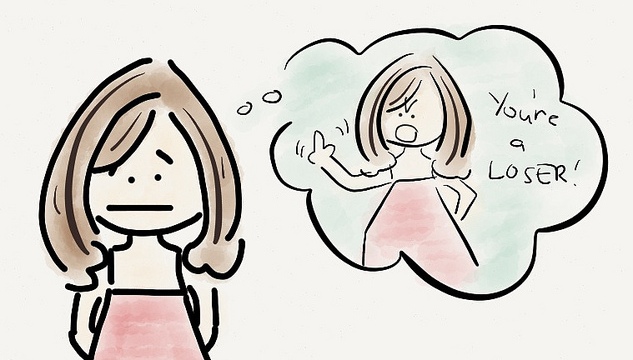
In my last post, I talked about how toxic friendships can ruin our lives and happiness, but to be honest, we don’t always need other people to do that. We can achieve misery and ruin pretty well on our own. Sad to say, we are often our own worst frenemy. And if we aren’t careful, we can do much more damage to ourselves than friends, family, or any other external influences ever could.
We all have an inner critic. Sometimes this is a good thing that keeps our less attractive qualities in check. Other times, however, this inner critic can take on Supervillain proportions and seriously cripple our ability to achieve happiness and success.
Dr David Burns, author of Feeling Good: The New Mood Therapy, says that the key to avoiding this type of self-sabotage is to turn the critic into a coach instead.
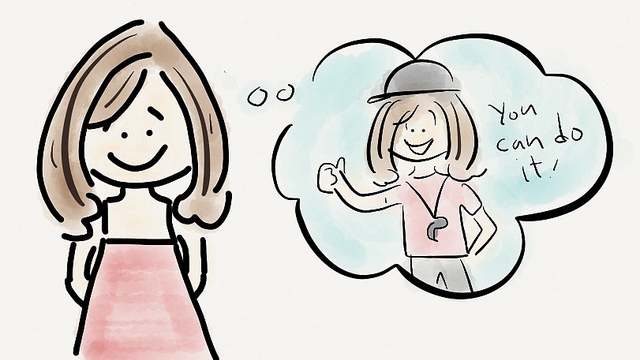
Before we can do this, however, we first need to identify which of our inner criticisms are helpful, and which are actually the result of a warped way of thinking.
According to Dr Burns, there are 10 patterns of distorted thinking that warp our outlook on life — and if you can identify and catch these types of thoughts as they occur, you have a better likelihood of being able to turn them around.
1. All-or-nothing thinking
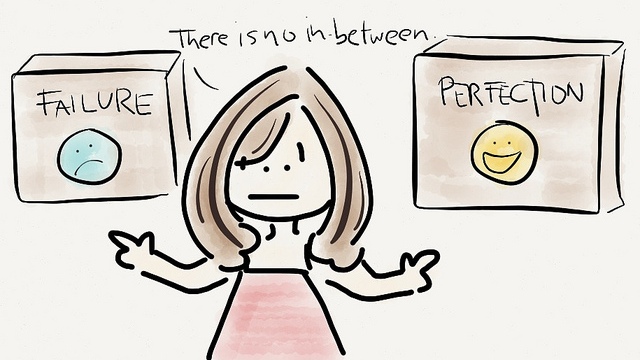
Everything is black or white, good or evil, victory or defeat. If something isn’t perfect, then it’s no good. If you aren’t perfect, you’re a failure.
2. Over-generalization

You look at single, isolated negative events and see them as a never-ending pattern of failure and defeat.
3. Disqualifying the positive

When something good happens, you ignore it, pass it off as a fluke or something that doesn’t count, or turn it into something negative (e.g., something to feel guilty or unworthy about).
4. Mental filtering
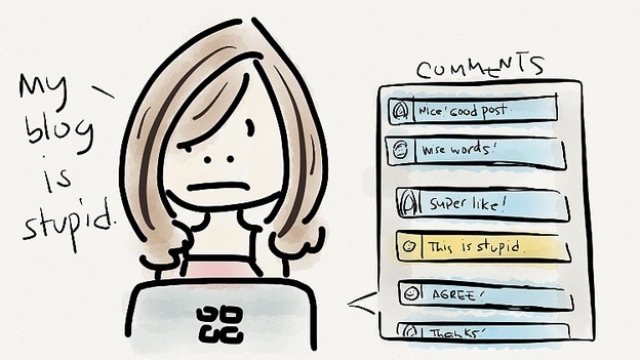
When presented with both positive and negative things, you filter out all the positive and focus only on the negative.
5. Jumping to conclusions
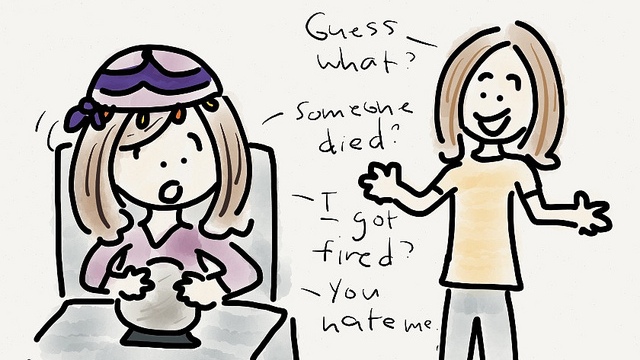
Like some sort of doomsday fortune teller, you automatically assume negative reactions or outcomes, even when there’s no evidence to support your conclusion.
6. Magnification and minimization

You make mountains out of molehills by exaggerating the importance of negative experiences, failures or shortcomings. Or, you magnify the positive traits of others, exaggeratedly downplaying your own.
7. Emotional reasoning

You think your negative emotions and feelings reflect reality, assuming that just because you feel something, then it must be true. You then base your decisions on these negative emotions instead of on actual facts.
8. Should statements
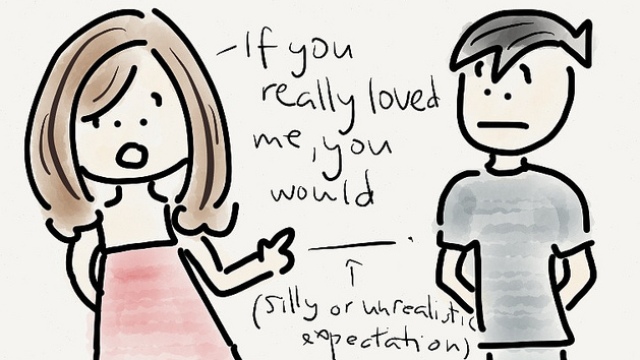
You insist on a set of “rules” that you and everyone else should follow based on your own version of reality. When you don’t adhere to these rules, you feel guilty, and when others don’t adhere to them, you feel hurt or resentful.
9. Labeling and mislabeling

You describe people (especially yourself) using absolute, negative labels (loser, racist, troll, cheater, etc).
10. Personalization
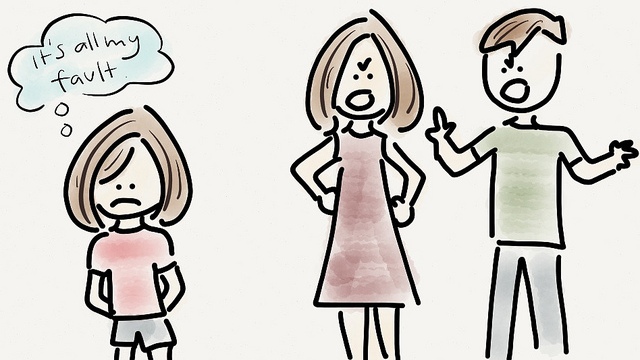
You see yourself as the cause of negative events and outcomes which, in fact, you were not primarily responsible for.
I’m not sure if these struck any chords for you, but I saw quite a few that I could relate to. And the funny thing is, even as I identified with them, I was thinking, “That’s so stupid.” This is precisely why we need to identify these types of cognitive distortions — so we can call them out for what they are, and adjust them accordingly.
In his book, Dr Burns recommends using a Triple-Column Technique to turn your inner critic into a compadre, and it’s pretty easy and surprisingly effective. Here’s how it works:
- Train yourself to write down your negative thoughts as they come to you.
- Divide a piece of paper into 3 columns.
- In the 1st column, write down the negative thought (self-criticism).
- In the 2nd column, identify the distorted thinking behind it.
- In the 3rd column, write down your rational response (self-defense).
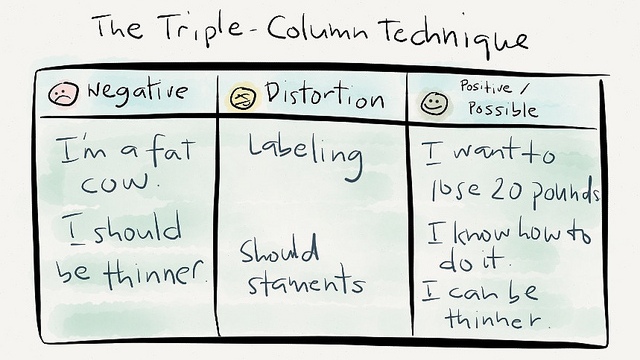
Tip: Psychologist Tamar E. Chansky, PhD, suggests using the “Power of Possible Thinking” instead of trying to turn self trash-talk into chirpy, positive statements that will just set off your internal lie detector.
“We feel a lot of pressure to turn it all around and make it positive,” Chansky says. “But research has found that when you’re down and out and force yourself to say positive things to yourself, you end up feeling worse.” – Huffington Post
If you can turn your negative thoughts into something possible and actionable, you’re much more likely to feel encouraged and be motivated to change. And that matters, because our thoughts are so much more powerful than we can imagine. If we want to change our lives, we really do need to change our thoughts first. – Rappler.com
Add a comment
How does this make you feel?
There are no comments yet. Add your comment to start the conversation.